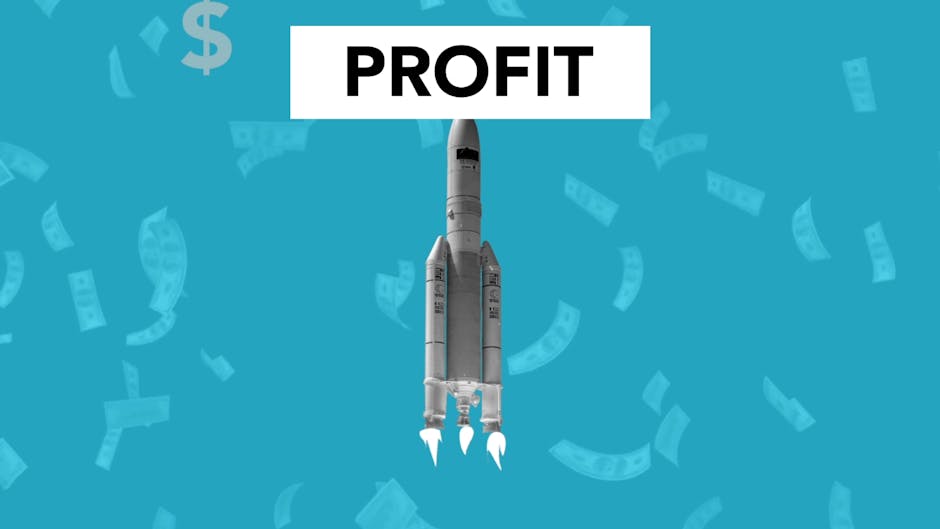Financial Minimalism: Embrace Less for Greater Wealth Now!
In today’s fast-paced world, many people find themselves buried under the weight of financial clutter. This phenomenon can easily derail even the most meticulously crafted financial plans.
However, what if I told you that embracing financial minimalism could be your ticket to greater wealth? The principles of simplifying your financial life can lead to unexpected gains and a newfound clarity on managing your investments. This guide will explore the essence of financial minimalism and reveal how it can redefine your wealth journey.
Understanding Financial Minimalism

At its core, financial minimalism involves the intentional reduction of monetary distractions. It calls for reassessing your spending patterns and focusing on what truly aligns with your values and long-term goals. This means eliminating unnecessary expenses and investments that don’t bring genuine joy or financial value to your life.
The concept closely mirrors theories from psychology, particularly the notion that less can indeed be more. When we minimize our financial clutter, we can better direct our energy and resources toward wealth-generating avenues that matter most to us.
The Benefits of Embracing Financial Minimalism

-
Clarity and Focus: By streamlining your financial commitments, you allocate time and energy to investments that resonate with you, enhancing decision-making and boosting confidence.
-
Enhanced Financial Freedom: With fewer distractions and obligations, you can focus on saving and investing your time and money more effectively, ultimately leading to financial independence.
-
Less Stress and Anxiety: A minimalistic financial approach can relieve stress by creating a clearer roadmap toward your financial goals, allowing you to focus on what counts.
-
Encouragement of Sustainable Practices: Embracing less can often lead to sustainability—buying only what you need and investing in environmentally conscious avenues can reap long-term rewards.
For an insightful take on the intersection of sanity and finance, check out our piece on the psychology of money, which sheds light on the emotions that influence our financial choices.
How to Start Your Financial Minimalism Journey

1. Assess Your Current Financial Situation

Before diving into minimalism, take a thorough inventory of your finances. List all your income sources, expenses, debts, and investments. Understanding where you stand is essential for paving the way towards a simplified financial life.
While evaluating your expenses, categorize them into ‘needs’ versus ‘wants’. This exercise can become an eye-opener, revealing areas where you might be wasting money.
2. Set Clear Financial Priorities

Simply slashing expenses without a plan can lead to feelings of deprivation. Instead, prioritize your financial goals to set a clear direction. Whether it’s saving for retirement, paying off debt, or building an emergency fund, having defined priorities guides your financial decisions.
For example, transition away from impulse purchases and invest in your financial education through valuable resources. Consider exploring our article on transforming life lessons into financial wisdom for practical approaches that can enhance your financial literacy.
3. Declutter Your Financial Life

Now, it’s time to take action and declutter! This can mean closing unused accounts, consolidating loans, or eliminating subscriptions you rarely use. Financial minimalism thrives on simplicity.
Moreover, ensure your investment portfolio aligns with your long-term goals. For instance, diversifying your investments into fewer but high-quality assets can often yield better returns than holding countless low-performing options.
4. Automate Your Savings and Investments

Automation is a powerful tool that can help streamline your finances further. Set up automatic transfers to simplify saving and investing processes.
Maximize your contributions to retirement accounts and establish an emergency fund with regular contributions. If you’re unsure how to start investing, check out our micro-investing guide, which suggests innovative methods to gradually build your wealth using everyday passions.
5. Focus on Personal Development

Incorporating personal development into your financial minimalism strategy can yield impressive dividends. Investing in yourself—whether through education, skills development, or networking—can unlock new opportunities for income.
Explore the notion of volunteering as a resource for personal growth. Not only do you contribute positively to your community, but you can enhance your skill set, and build valuable connections, which may lead to future financial rewards.
Exploring Investment Opportunities through Minimalism

1. Intentional Investing

Investing doesn’t need to be overwhelming or convoluted. Adopting a minimalist approach to investment means choosing quality over quantity.
Consider focusing on index funds, real estate, or sustainable startups that resonate with your values. Each investment should contribute meaningfully to your long-term goals. This might lead you to explore burgeoning areas like ethical investing, where financial returns also align with personal values and societal progress.
2. The Power of Passive Income

Passive income streams can significantly transform your financial landscape. By investing in assets that consistently generate income, such as rental properties or dividend-paying stocks, you create a buffer that can ease financial stress.
Moreover, understanding how to master time-weighted investments can amplify your return on investments. Embrace the concept of earning money while you sleep—a hallmark of financial minimalism.
3. Invest in Intangible Assets
In the digital age, intangible assets such as skills, networks, and online brands can pave the way for future wealth. Think creatively about how your unique talents can create financial opportunities.
Through a focus on personal branding or facilitating connections, your efforts can lead to substantial financial growth while clutter-free.
4. Simplicity in Financial Tools
Choosing minimal, efficient financial tools simplifies budgeting, investing, and expense tracking. Look for apps or platforms that offer a clean, uncomplicated interface that helps you visualize your finances without overwhelm.
For an engaging approach to wealth visualization and financial tracking, check the financial cartographer, a compelling method to create a clearer financial roadmap.
Mindset Shift: Embracing Minimalism
Adopting a minimalist financial approach requires a mindset shift toward simplicity and purpose. Challenge social norms that equate wealth with material possessions. Instead, redefine success based on personal fulfillment and meaningful experiences.
This can lead to better spending habits, focusing on what genuinely brings happiness. For insights on spending psychology, our piece on transforming your financial choices can inspire essential changes.
Tracking and Maintaining a Minimalistic Financial Lifestyle
1. Regular Financial Check-ins
Setting aside time for consistent financial check-ins ensures accountability and promotes transparency. Assess your progress, recalibrate your goals, and adjust your financial strategies as life circumstances evolve.
Use these sessions to revisit your budget, monitor investments, and identify new growth opportunities.
2. Celebrate Small Wins
Recognizing and celebrating small successes on your minimalist financial journey can motivate you to stick with it. Whether it’s saving a specific amount or reaching a financial milestone, rewarding yourself reinforces positive behaviors.
3. Cultivate a Supportive Community
Surrounding yourself with individuals who share similar financial values can enhance your commitment to minimalism. Joining a local investment club or engaging in online forums dedicated to minimalism can provide motivation and inspiration along your journey.
Explore the benefits of community initiatives that connect individuals through shared financial goals by looking into community investment projects tailored to enrich local neighborhoods while promoting individual wealth.
Final Thoughts: Embracing Financial Minimalism for Lasting Wealth
By embracing financial minimalism, you not only simplify your financial life but also create opportunities for long-term wealth and fulfillment. Becoming intentional about spending and investing not only removes clutter from your personal finances but also opens doors to unique opportunities.
As you embark on this journey, keep in mind that embracing less allows for more profound connections with your money and yourself. Now is the time to take practical steps towards a minimalistic financial approach that can lead you to unexpected gains and success. Remember, wealth isn’t just about what you possess, but also about the financial clarity and happiness you cultivate along the way.



